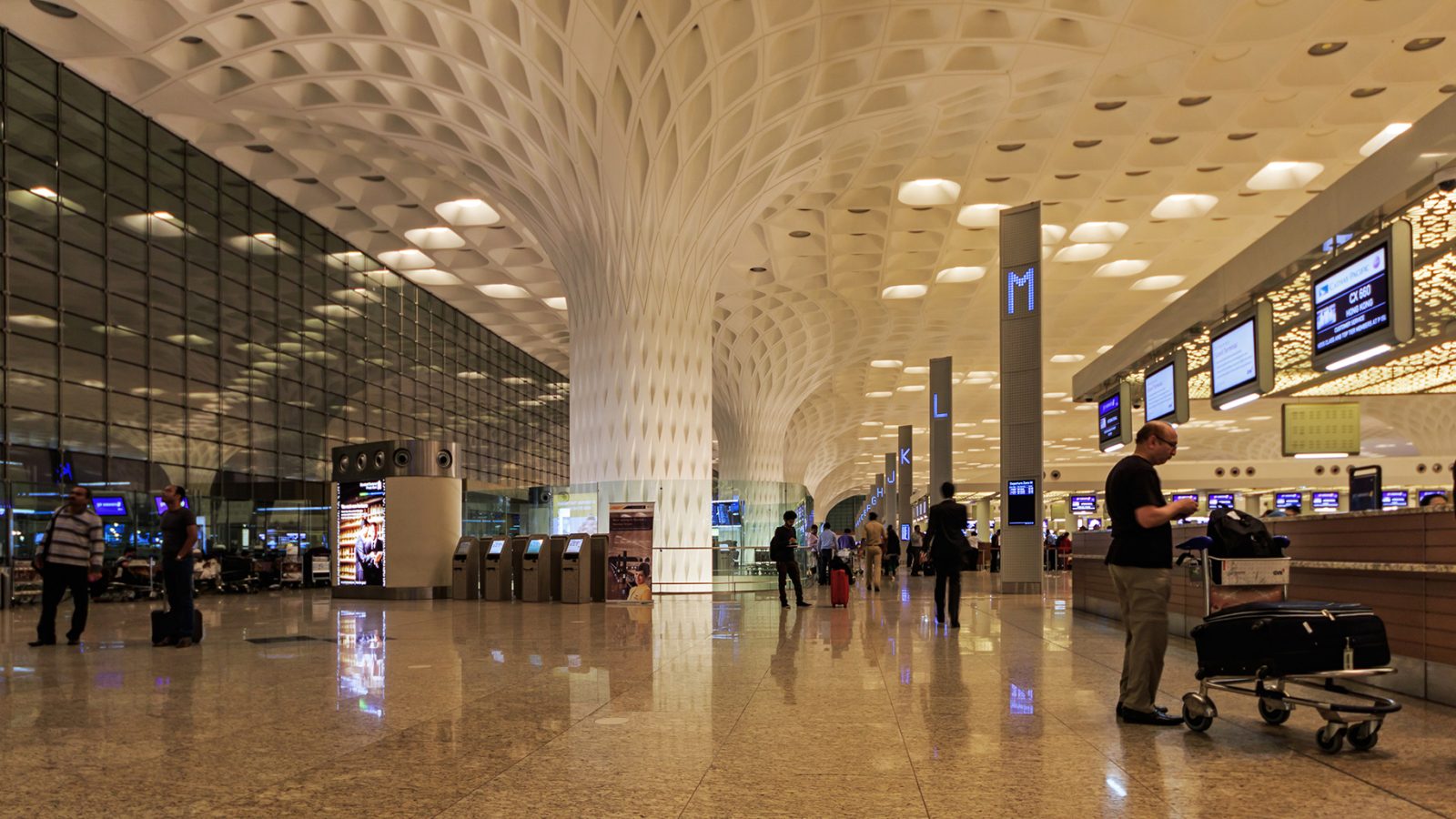When travelling to India, one of the most important things to know is how to apply for a visa. This document allows you to enter India and stay for a specific amount of time. There are many different types of visas, and each one has its own requirements. This guide will explain all you need to know about Indian visa on arrival, including the different types of visas and the required documents.
1) What is an Indian Visa on Arrival?
Are you planning a trip to India anytime soon? If yes, then you must be aware of the different types of visas that the country offers to foreigners. Depending on the purpose and duration of your stay in India, you can apply for a tourist visa, business visa, student visa, medical visa, or an employment visa.
If you are planning a short-term visit to India for tourism or business purposes, then you can apply for an Indian Visa on Arrival (VoA). Introduced in 2014, the Visa on Arrival facility is available for citizens of 43 countries, including the US, UK, Canada, and Australia.
In this article, we will provide you with all the information you need to know about the Indian Visa on Arrival, including the eligibility criteria, required documents, and the application process.
What is an Indian Visa on Arrival (VoA)?
An Indian Visa on Arrival is a temporary authorization for foreigners of selected nationalities to enter and stay in India for a maximum period of 60 days. The VoA can be used for the following purposes:
– Tourism
– Business
– Meeting friends or relatives
– Medical treatment
Please note that the Visa on Arrival cannot be used for employment or other long-term purposes. Indian Visa Application Process
Who is eligible for an Indian Visa on Arrival?
Citizens of the following 43 countries are eligible to apply for an Indian Visa on Arrival:
– Andorra
– Angola
– Antarctica
– Argentina
– Armenia
– Aruba
– Australia
– Azerbaijan
– Bahamas
– Bahrain
– Belarus
– Belize
– Benin
– Bhutan
– Bolivia
– Bosnia and Herzegovina
– Botswana
– Brazil
– Brunei
– Burkina Faso
– Burma
– Burundi
– Cambodia
– Cape Verde
– Chile
– Comoros
– Cook Islands
– Costa Rica
– Cote d’Ivoire
– Djibouti
– Ecuador
– Egypt
– El Salvador
– Equatorial Guinea
– Eritrea
– Ethiopia
– Fiji
– Gabon
2) Who is eligible for an Indian Visa on Arrival?
Are you planning a trip to India? If so, you may be wondering if you are eligible for an Indian Visa on Arrival. The good news is that there are a number of nationalities that are eligible for this type of visa.
In order to be eligible for an Indian Visa on Arrival, you must hold a passport from one of the following countries:
Australia, Brazil, Cambodia, Cook Islands, Djibouti, Fiji, Finland, Germany, Indonesia, Israel, Japan, Jordan, Kenya, Kiribati, Laos, Luxembourg, Madagascar, Malaysia, Maldives, Mauritius, Myanmar, Nauru, New Zealand, Niue Island, Norway, Oman, Palestine, Papua New Guinea, Philippines, Russia, Rwanda, Samoa, Seychelles, Singapore, Solomon Islands, South Korea, Sri Lanka, Taiwan, Thailand, Timor-Leste, Tuvalu, Uganda, United Arab Emirates,
Additionally, you must be arriving in India for business, tourism, or medical purposes. If you are arriving for any other reason, you will not be eligible for a Visa on Arrival and will need to apply for a traditional visa through the Indian embassy or consulate in your home country.
Once you have determined that you are eligible for an Indian Visa on Arrival, the next step is to apply for one. The application process is fairly simple and can be done entirely online.
First, you will need to create an account on the official Indian Visa Online Portal. Once you have done so, you will need to login and fill out the online application form. Be sure to have all of the required documents handy before beginning the application process, as you will need to upload them as part of the form.
Once you have submitted the online application form, you will need to make a payment. The visa fee is $60 USD for citizens of most countries, though there are a few exceptions. Once the payment has been processed, you will need to print out the confirmation page and bring it with you when you travel to India.
